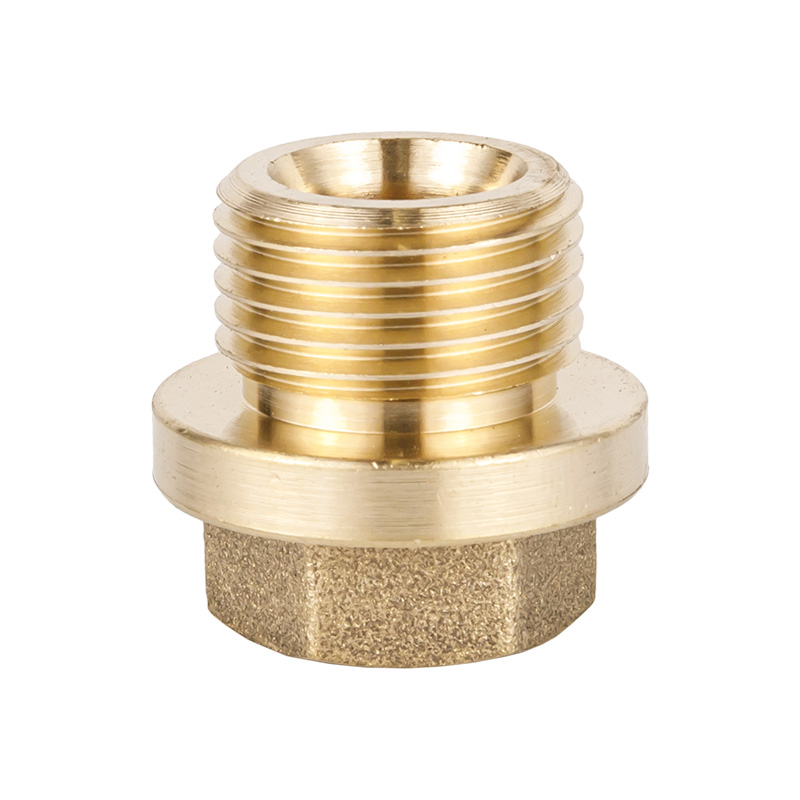From the construction process of pipe joints, we found that the quality of the arrival of pipe fittings mainly has the following problems:
1. The wall thickness of the pipe fittings is unevenThe uneven wall thickness of the pipe fittings mainly occurs in the parts with the largest deformation of the pipe fittings. For example, the wall thickness of the back of the elbow is thinner than that of other parts; the wall thickness of the nozzle and the pipe body is not equal. Provisions in the relevant national standards. The wall thickness reduction Z of the Jiangsu crimping joint of the pipe fittings shall not exceed 12,5% of its nominal thickness, but it is found in the field measurement that some wall thickness reductions have reached 2o ~ 30%. For the inspection of such problems, it is often difficult to find with ordinary measuring tools such as calipers, and only ultrasonic thickness gauges can be used to measure them.
 2. The hardness exceeds the standard
2. The hardness exceeds the standardThe problem of hardness exceeding the standard is mainly due to the heat treatment process after forming. The solution is to use the correct heat treatment process to perform another heat treatment. This problem can usually be solved.
3. Defects produced by Shandong withholding pipe joints in the process of materials and processingSuch problems are the most dangerous to the safety of the device. It is more troublesome to check. There are many and complex factors that cause defects, including defects in the material itself, manufacturing process problems, and defects caused by incorrect heat treatment processes. So why do they cause safety hazards and how to avoid such problems? Now take the three links as an example to analyze them one by one.
For this type of steel pipe, the steel mill should conduct a hydrostatic test one by one. For large and medium-sized steel, eddy current or ultrasonic flaw detection (uT) is often used instead of hydraulic inspection. If the inspection is carried out in strict accordance with national and relevant standards, the quality of the pipe can still be guaranteed. However, sometimes it is inevitable that there will be missed inspections and false inspections. In addition, due to the mixed supply channels of pipes, some raw materials that have not been inspected at all enter the circulation field. Therefore, for the pipes after arrival, especially non-batch from steel pipes Materials purchased directly from the factory. In addition to comprehensive re-inspection according to the standard, the rate of re-inspection should also be increased, and even root-by-root inspection. From the extensive survey of many large-scale pipe fittings manufacturers we have contacted, many manufacturers do not strictly check the re-inspection of the purchased pipes, and blindly follow the quality certificate of the material (it is worth noting that some of them leave the factory) There is a problem with the authenticity of the quality certificate), and it is difficult to guarantee the quality of the pipe fittings made of these unqualified pipes only for the visual inspection of the double-pier pipe. In addition, the inspection methods of many manufacturers are neither advanced nor perfect, so some unqualified pipe fittings can easily be shipped as qualified products.
